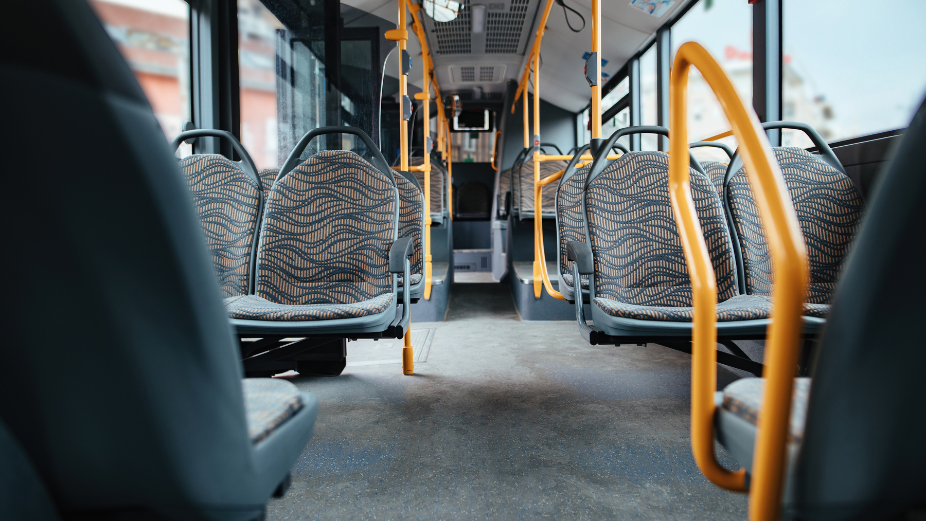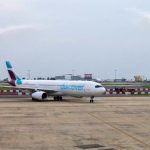
The Maldivian government has revealed plans to establish an integrated transportation network connecting Rasmale, Giraavaru Falhu, and Gulhifalhu. This project, in collaboration with the Ministry of Transport and Civil Aviation and led by the Maldives Transport and Contracting Company (MTCC), aims to enhance connectivity across key development zones.
In an interview with PSM News, MTCC Managing Director Ahmed Saudhy stated, “Our main objective is to connect these areas with an integrated transport link, and we are collaborating closely with the Ministry of Transport to develop the appropriate models.”
According to Saudhy, MTCC recently adjusted the starting time of bus services in the Malé area, moving it forward from 6 a.m. to 5 a.m. as part of the broader transportation strategy. MTCC is also conducting studies to gather data on peak hours and the number of users to optimise the system.
Rasmale, Thilafushi, Gulhifalhu, and Giraavaru: Key Development Zones
As part of broader efforts to address the housing crisis in the Greater Malé region, the government is advancing major infrastructure projects across key zones: Rasmale, Thilafushi, Gulhifalhu, and Giraavaru. Each area plays a crucial role in the nation’s economic strategy.
Rasmale, located in Fushi Dhiggaru Lagoon, is being developed into an eco-friendly urban centre to house 65,000 residents. The project emphasises sustainability and renewable energy, and its design includes modern transportation links to facilitate housing and infrastructure expansion.
Thilafushi is set to become the Maldives’ primary industrial hub, accommodating extensive manufacturing, warehousing, and industrial activities. Integrating Thilafushi with the Thila-Malé bridge is expected to enhance logistical efficiency, thereby supporting the country’s industrial growth.
Gulhifalhu is being developed as a mixed-use area with residential lots, public housing, and commercial facilities. Its strategic location and expanding commercial harbour will foster economic decentralisation from Malé and position it as a significant business centre.
Giraavaru Falhu will be vital in linking these areas, ensuring seamless travel and boosting economic activity across the region. Together, these zones form a crucial part of the government’s development plan, aimed at diversifying the economy, creating jobs, and improving infrastructure for future growth.
Thilamale’ Bridge: Connecting Islands and Enabling New Services
The Thilamale Bridge, a critical element in the Maldives’ infrastructure development, is set to significantly enhance connectivity between Malé, Gulhifalhu, and other vital areas. Spanning 6.7 kilometres and valued at over USD 454 million, the bridge is 40.47% complete.
The bridge is expected to be fully completed by September 30, 2026, while the section from Malé to Gulhifalhu is scheduled to be finished by March 31, 2026. The current administration aims to finish it even earlier, by the end of 2025 or early 2026.
A well-connected public transport system can significantly improve productivity by reducing travel time and enabling efficient movement between key locations. For instance, linking the islands of Malé, Hulhumalé, Gulhifalhu, and Thilafushi with seamless public transport will reduce travel times for workers and businesses, increasing operational efficiency.
The Role of Public Transport in Boosting the Maldives’ Economy
Public transport is not merely a matter of convenience but a fundamental driver of economic growth in the Maldives. It connects people to jobs, boosts tourism, reduces congestion, cuts transportation costs, and promotes sustainable development.
The development of Gulhifalhu, Thilafushi, and Ras Malé forms a crucial part of the government’s strategy to enhance the economic and industrial landscape of the Maldives. As the Maldives continues to develop its infrastructure, investing in a comprehensive public transport system integrated into these regions will be vital to unlocking the country’s full economic potential.












